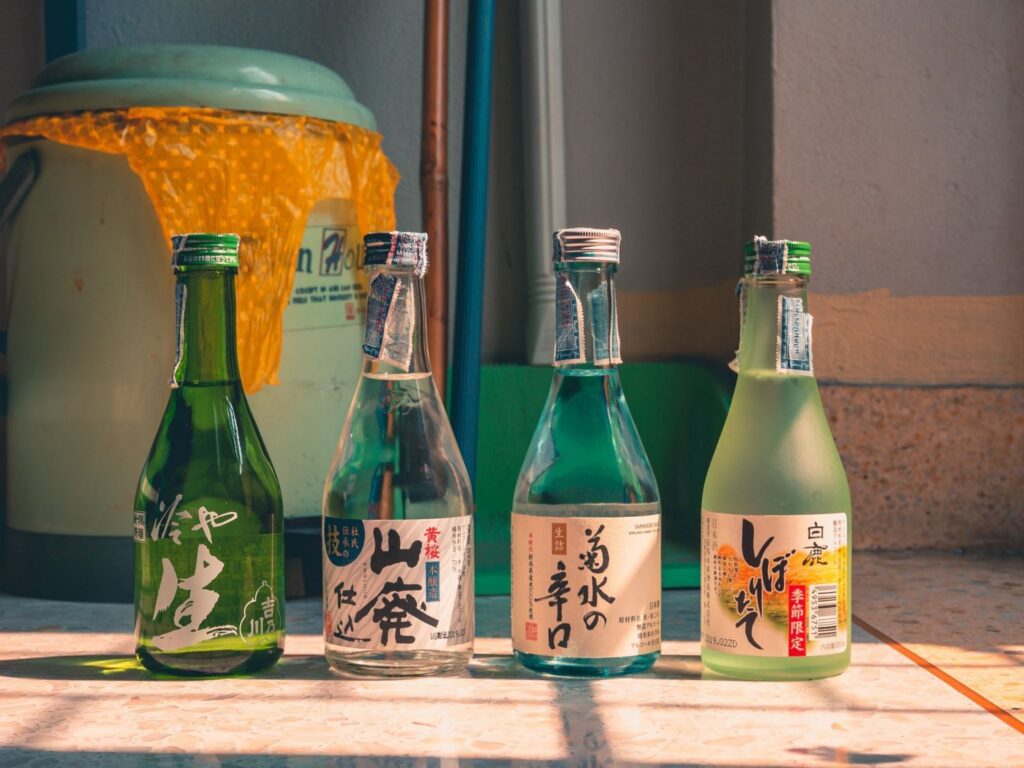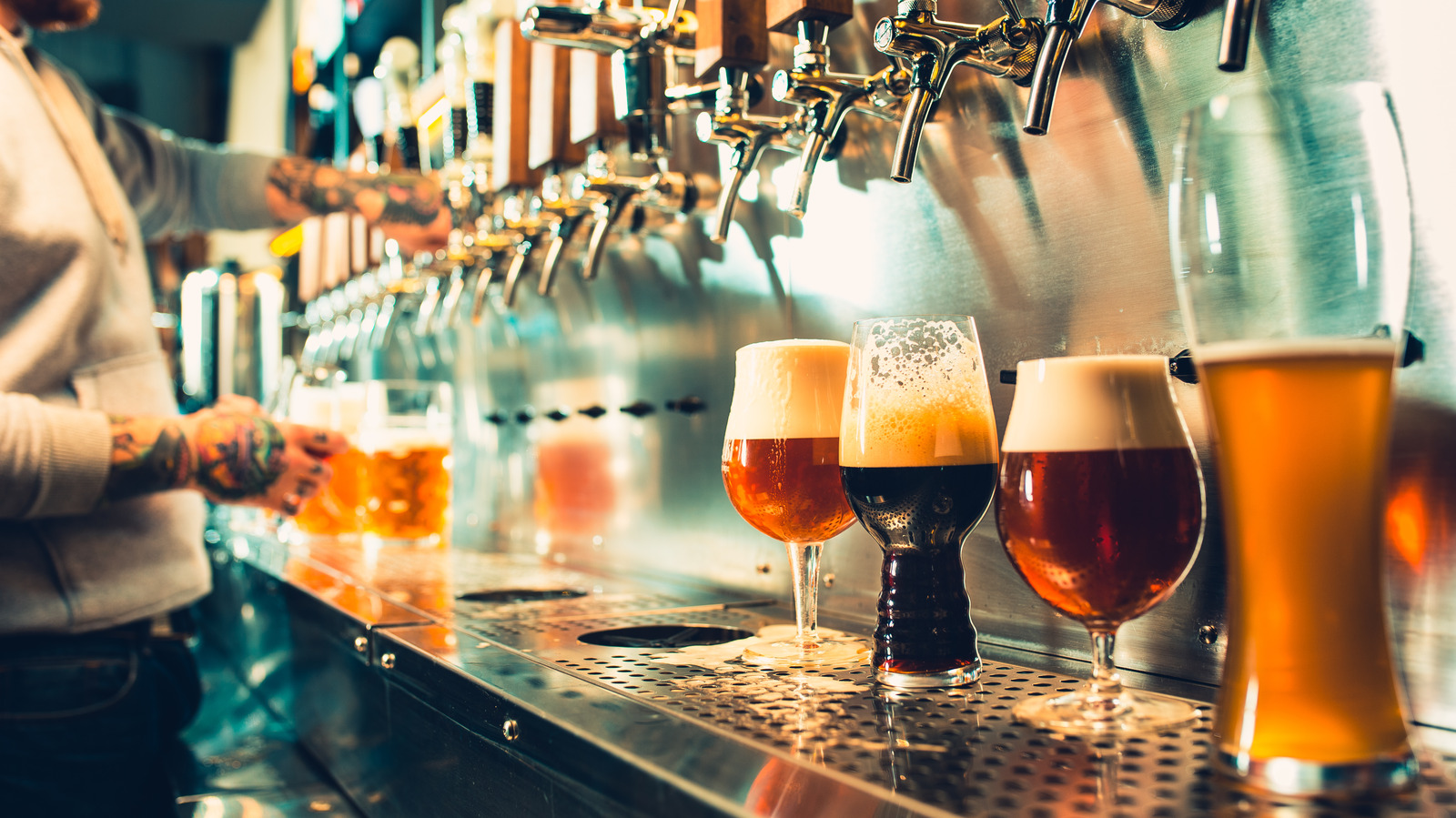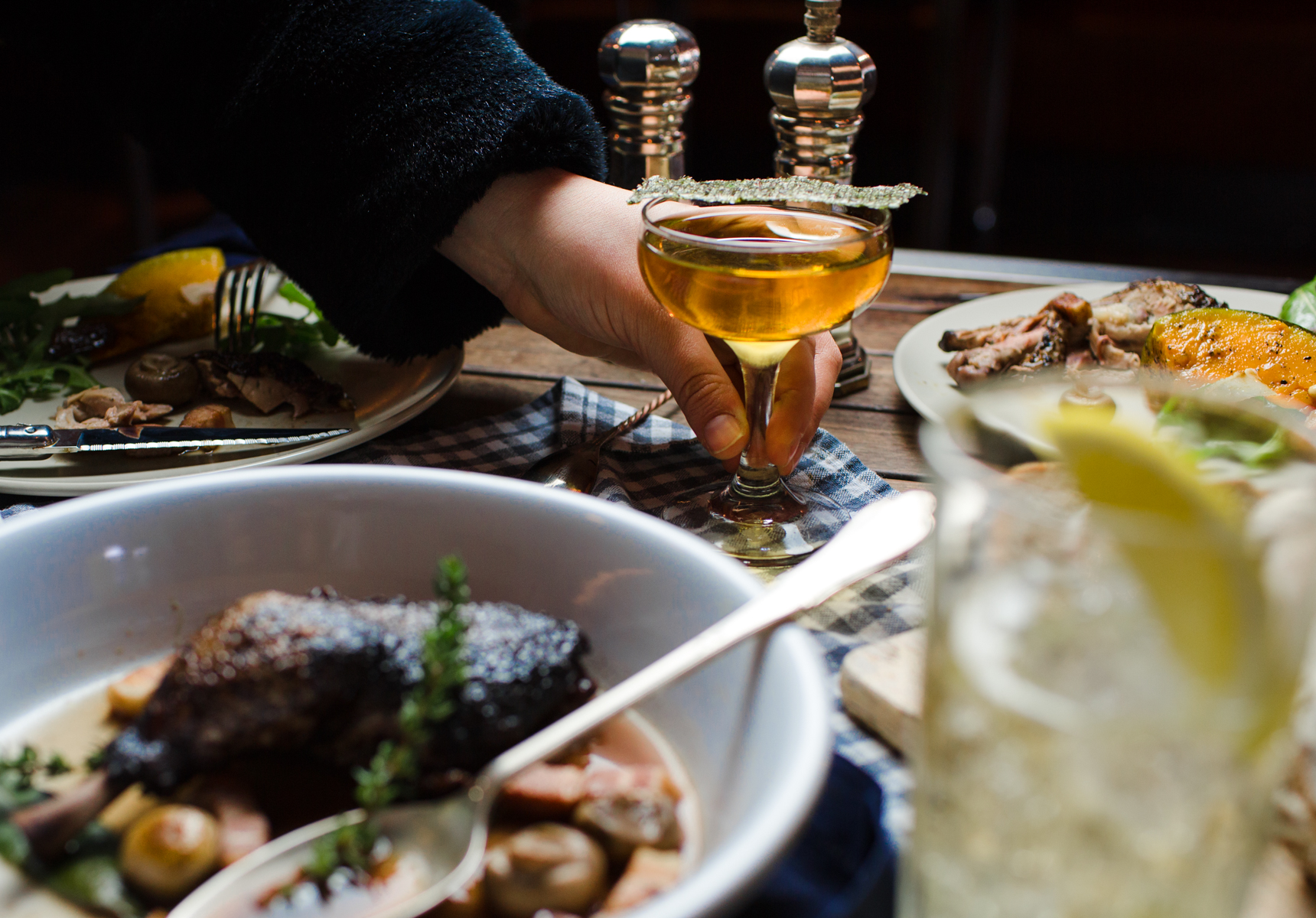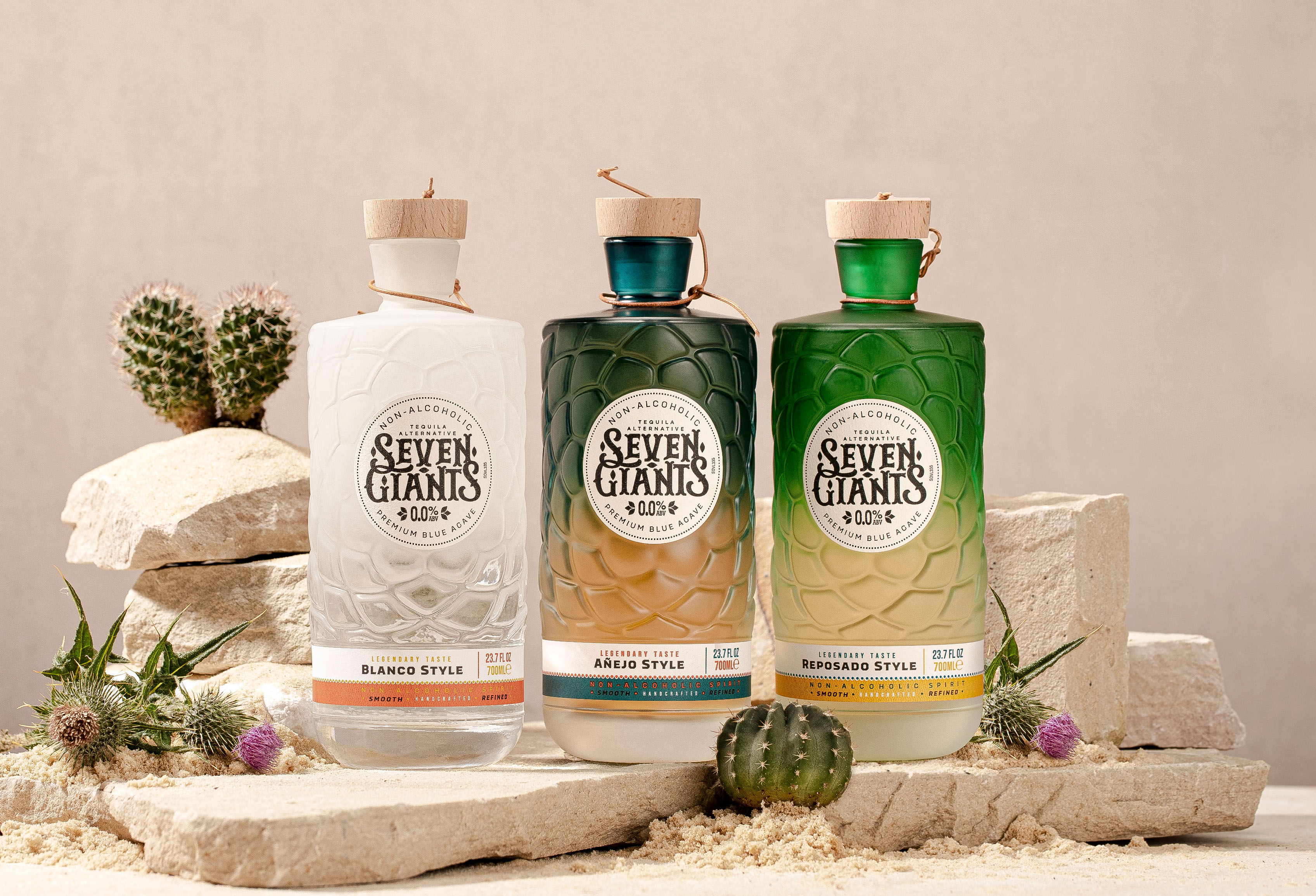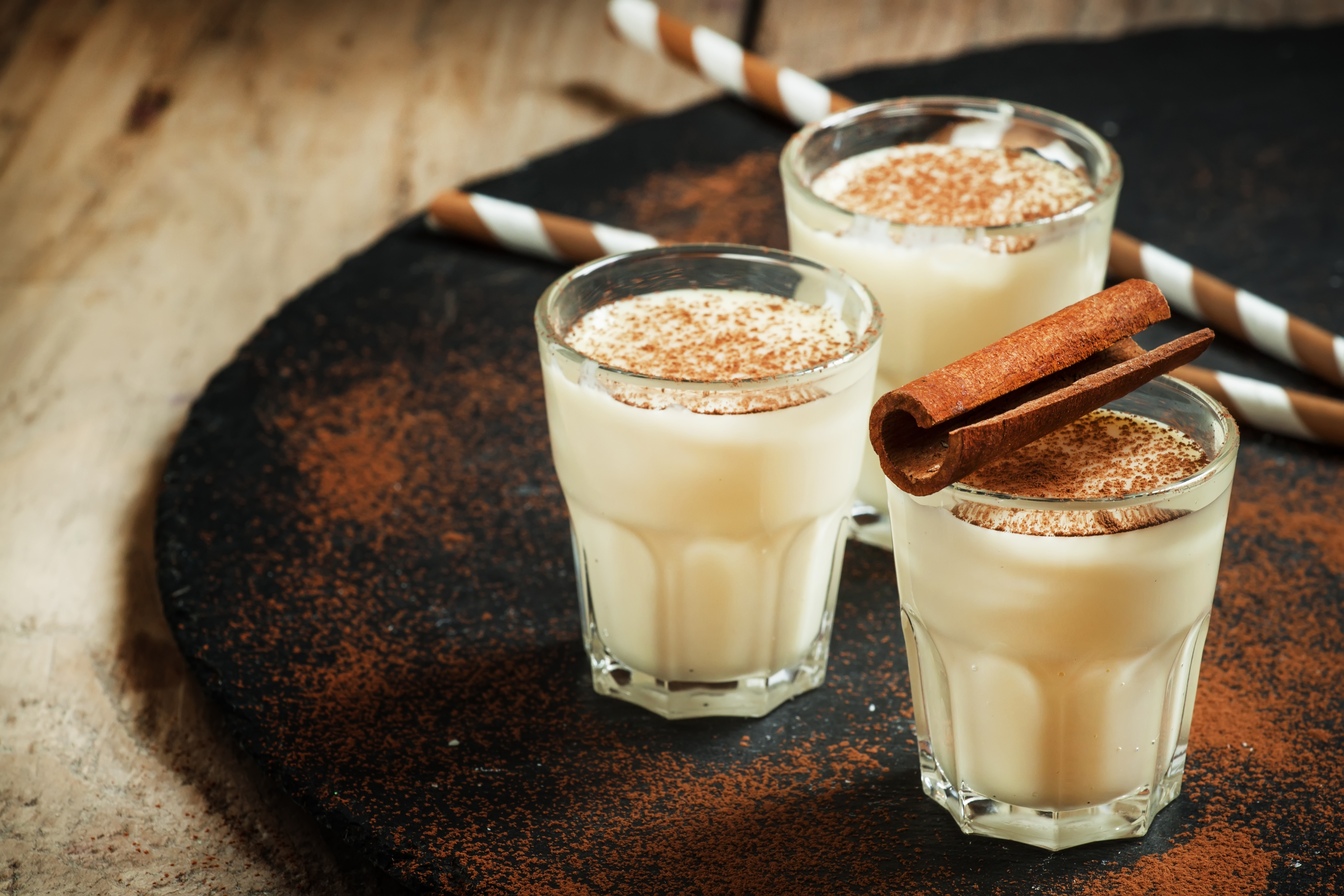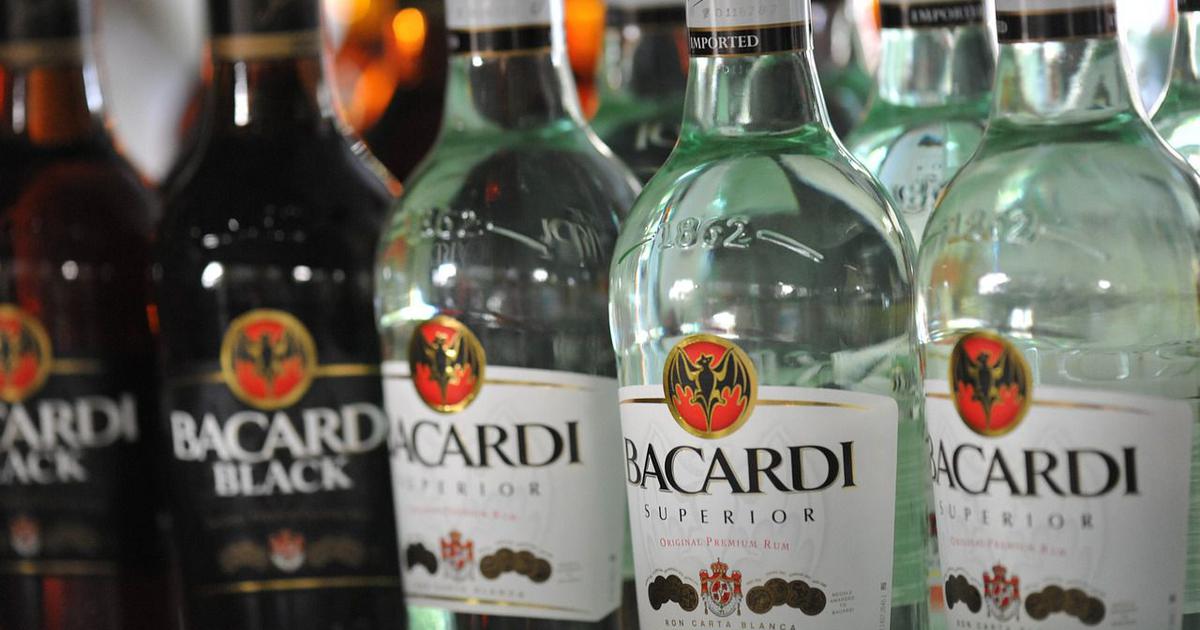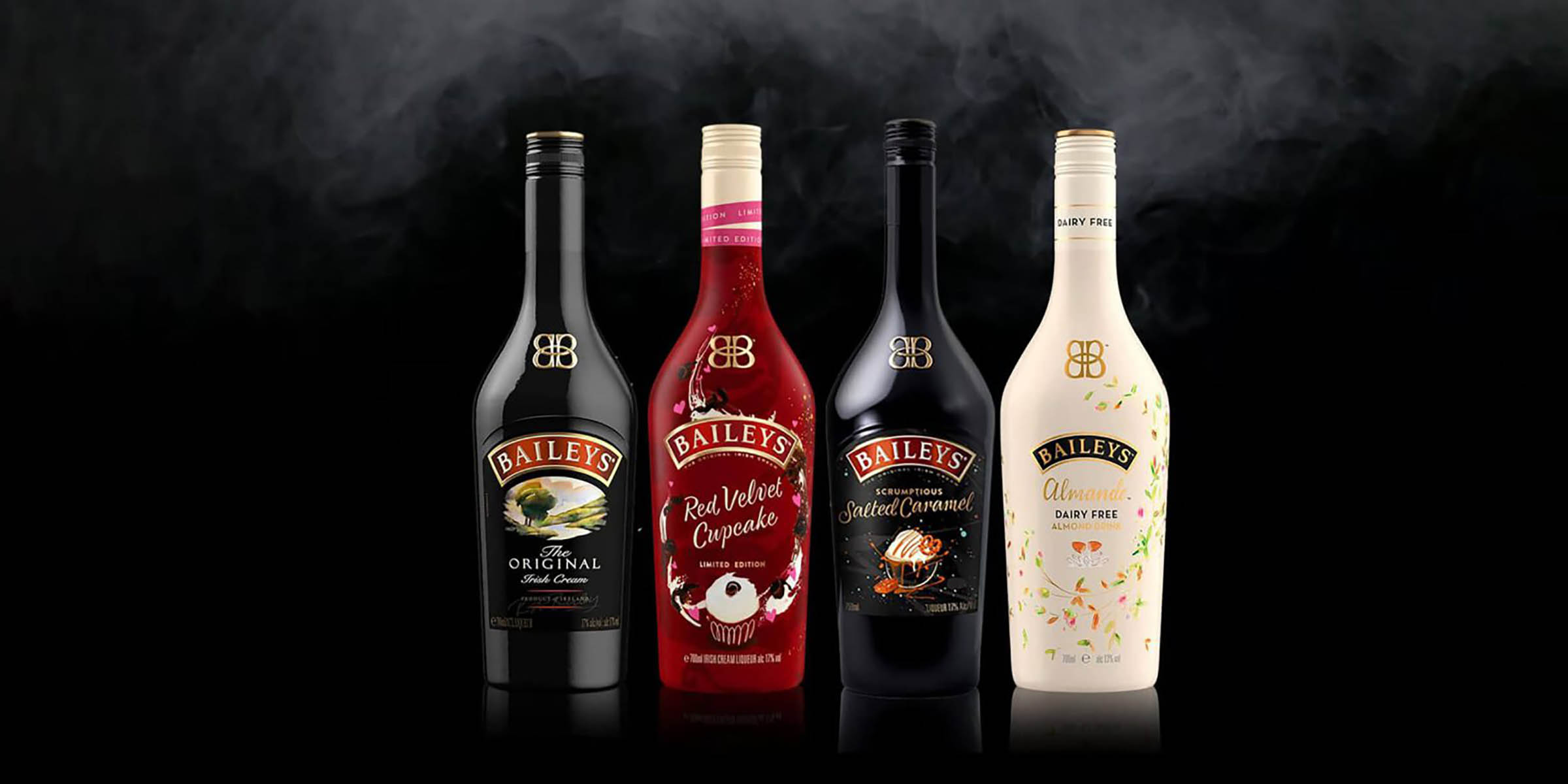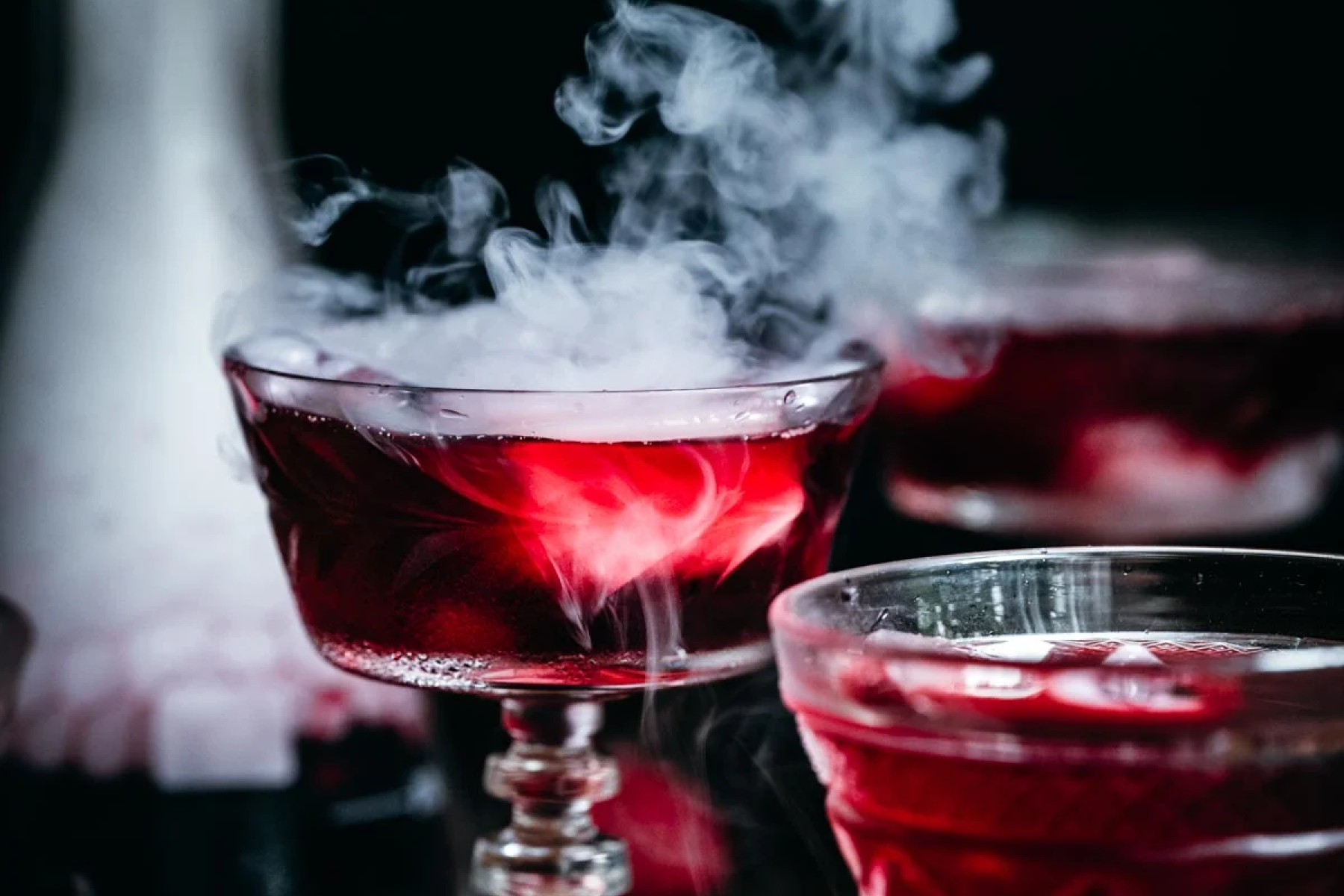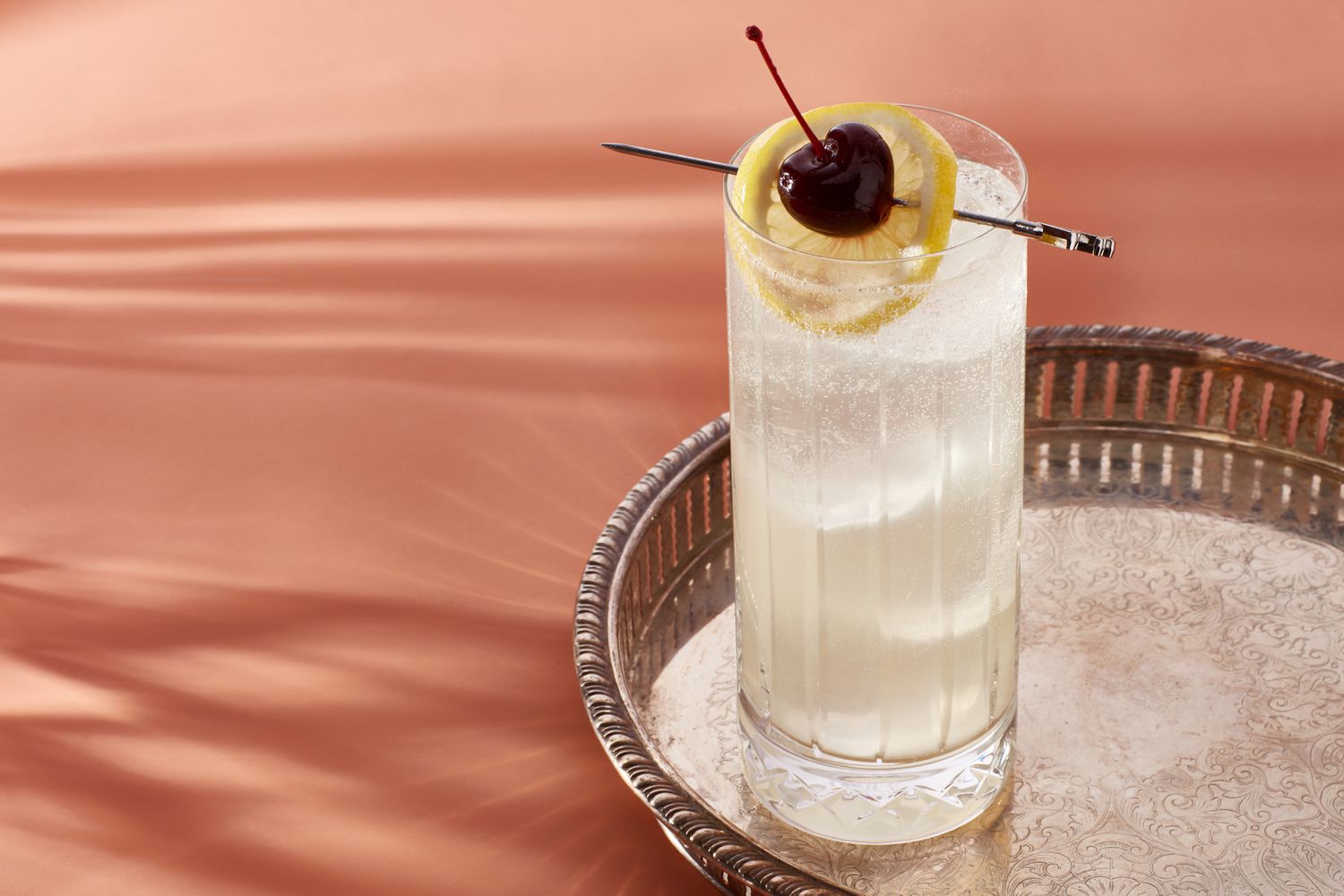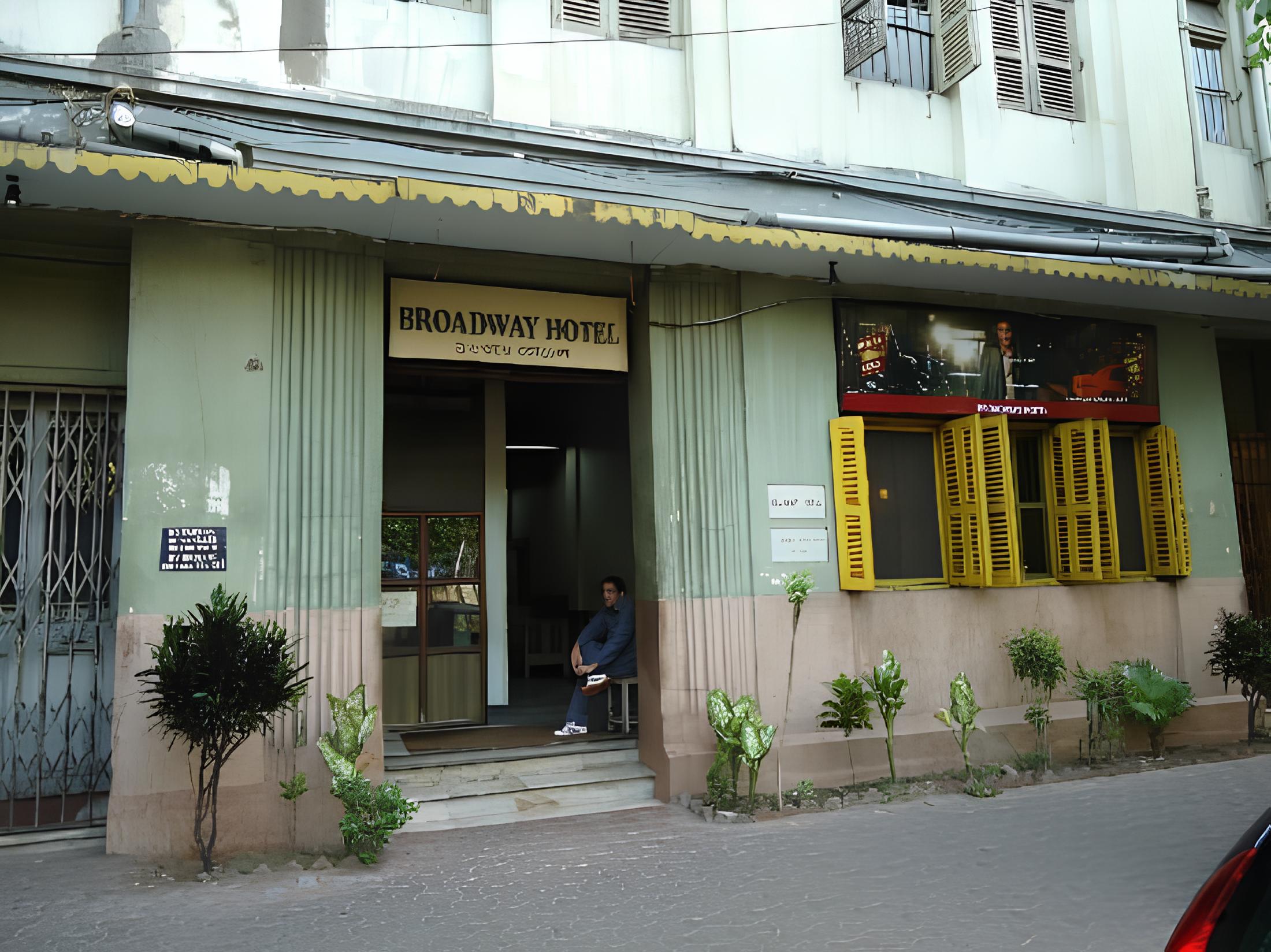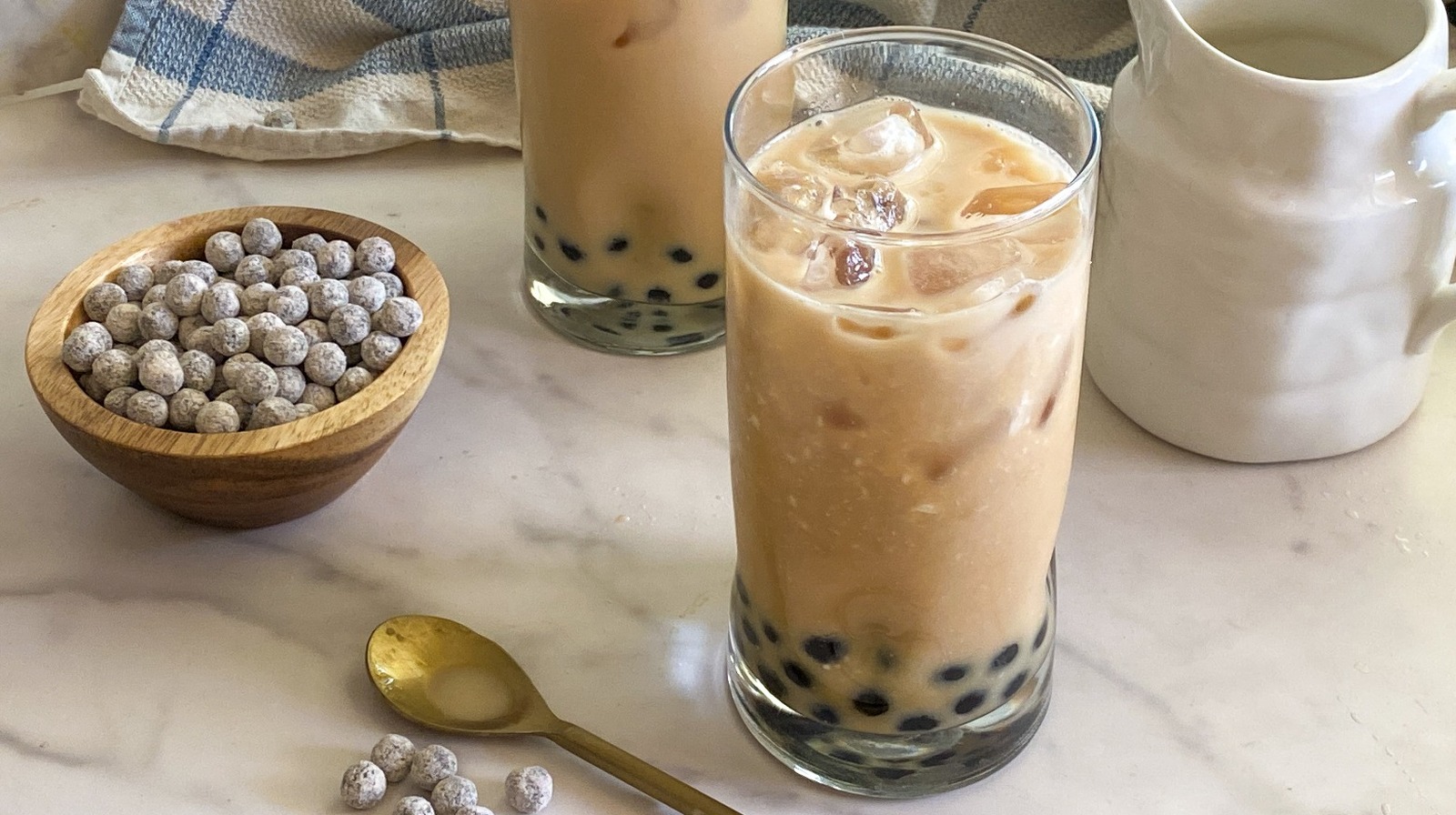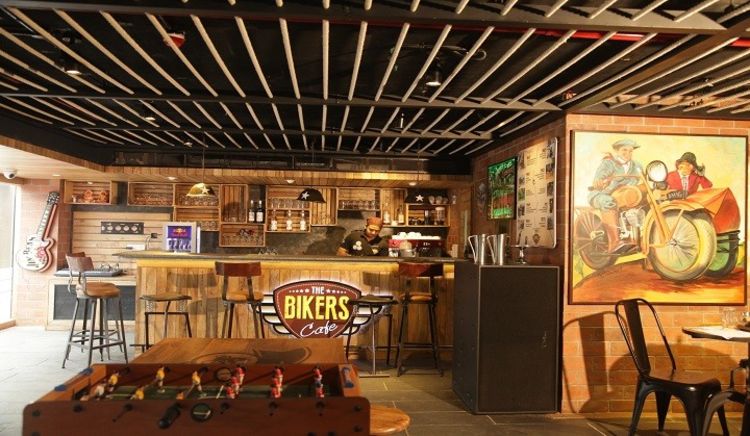It’s time to step up the game and be adventurous with alcohol. Let us introduce you to these unique and popular alcoholic beverages. Sake, Soju, and Shochu, though they sound like they are the same thing in different languages, they vary tremendously. Not only by the production processes but also by the origin countries and production practices.
People often tend to confuse the three, mainly because of the way they are listed on online websites, randomly placed under “liqueur.” Though similar in some ways, here are some of the key differences that will help you understand and identify the right way to consume these beverages.
What Are Sake, Soju, and Shochu?
Sake
Sake, something we have all seen in many movies and TV shows, is most commonly identified as Japanese rice wine and has an ABV of around 15-20%. The process uses polished rice in the fermentation process. The important point to note is that Sake is made by brewing (the same way beer is made) and not distilled. This is the national beverage of Japan and is served during special ceremonies. If you observe carefully, Sake is light in color and non-carbonated.
It is typically served in a small ceramic cup called ochoko. The traditional way to hold this cup is with both hands, cupping it between your palms.
Soju
Soju is made from sweet potatoes or rice and originates from Korea. It is a clear liquid that is made by the process of distillation, somewhat similar to the production process of vodka. The alcohol content ranges from 13-59%. Yep, it’s a strong drink.
The word soju means burned liquor. If you split the word into two syllables, ‘so’ means burnt, while ‘ju’ means alcoholic drink. The name gained quite a popularity status in 2016 and was added to the Oxford Dictionary of English right after.
Shochu
Shochu is a distilled alcoholic beverage from Japan. Though it is typically made out of rice, nowadays this is also made of barley, sweet potato, or brown sugar. Other than these, makers have also explored sesame seeds and carrots. Would you try these variations?
This spirit is clear and has around 25-35% ABV. Like most other distilled spirits, shochu is usually enjoyed in mixed drinks. Similar to Soju, the word Shochu means ‘burned liquor.’
Also Read: What Is Sake? A Complete Guide
The Origins Of These Drinks
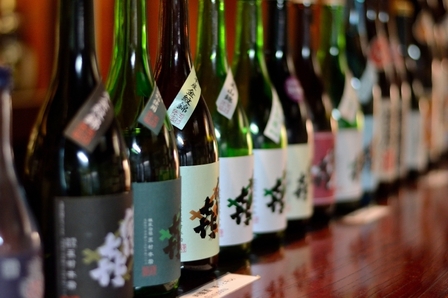
Sake
The earliest record of this drink was in the Book of Wei (pronounced as ‘way’). This is a 3rd-century text that highlights the Japanese drinking and enjoying this beverage. But the origins are said to be dating farther back than this. Following this, in the early 1440s, the method of brewing solidified the quality and taste of this drink. During that time, sake brewers made sake by arranging 100 jars as the method to efficiently produce mass quantities.
Soju
The origin of soju does not date back as far as it did for sake. It first originated in the 13th century when the distillation methods were introduced in Korea. Up until 1965, soju was produced with 35% ABV and was later diluted down to 25-30% ABV due to South Korean government regulations.
By the 1970s, soju was commercialized and was part of the regional market. The history follows multiple instances of government prohibition on the alcohol content soju could contain, and hence the production faced a lot of issues till the late 90s. This introduced diluted soju that ranged between 17-30% ABV. Such a shame.
Shochu
Being the national drink of Japan comes with great responsibility. This drink has been in the picture since the 16th century. Comparatively newer than the rest, this one has one of the most bizarre documentation ever. The story says that two carpenters inscribed graffiti on a wooden plank that literally reads, ‘The high priest was so stingy he never once gave us shōchū to drink. What a nuisance!’ So don’t be stingy about it. Have a glass.
Shochu is on the stronger end, with alcohol content ranging between 25-35% ABV sold commercially.
Also Read: Difference Between Tequila And Mezcal: Everything You Need To Know
How Their Production Differs
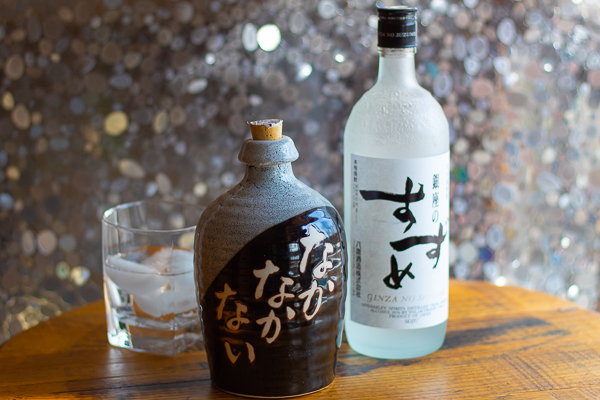
Sake
There is a specific type of rice called sakamai that is used to make sake. These grains are larger in size and don’t break when polished. For their impeccable quality, this rice is quite expensive. So some brewers resort to using ordinary rice instead. But this compromises the quality and taste.
Other than water, sake makes use of an important ingredient called kōji-kin. One type of this ingredient is aspergillus oryzae. This is a type of enzyme-secreting fungus that is used in fermenting foods. This is scattered on boiled rice to process the fermentation. In the process, the starch gets converted to glucose, which is then converted into alcohol.
Soju
Soju makes use of grains like rice, barley, and wheat. While these were the major choices in the production of soju, makers also included plums, grapes, and even corn. Did you know that Soju used to be highly distilled, almost 95% ABV, but was eventually brought down in alcoholic content due to health hazards. This was mainly done with the use of sweet potato and tapioca. Though the process of distilling is similar, the recipe for making soju was passed down through generations and differs by location.
Shochu
The process of making shochu involves multiple distillation processes and is then diluted for commercial sale. Shochu is made by adding yeast to lukewarm water. Once the culture develops, the rest of the ingredients are added to this for the fermentation process to take place.
Shochu also makes use of kōji. The addition of this ingredient initiates the production of citric acid and balances the pH level. This in turn helps stabilize the process of fermentation even in hot and humid climates.
Also Read: What Is Stout? Everything You Need To Know!
Flavors and Style
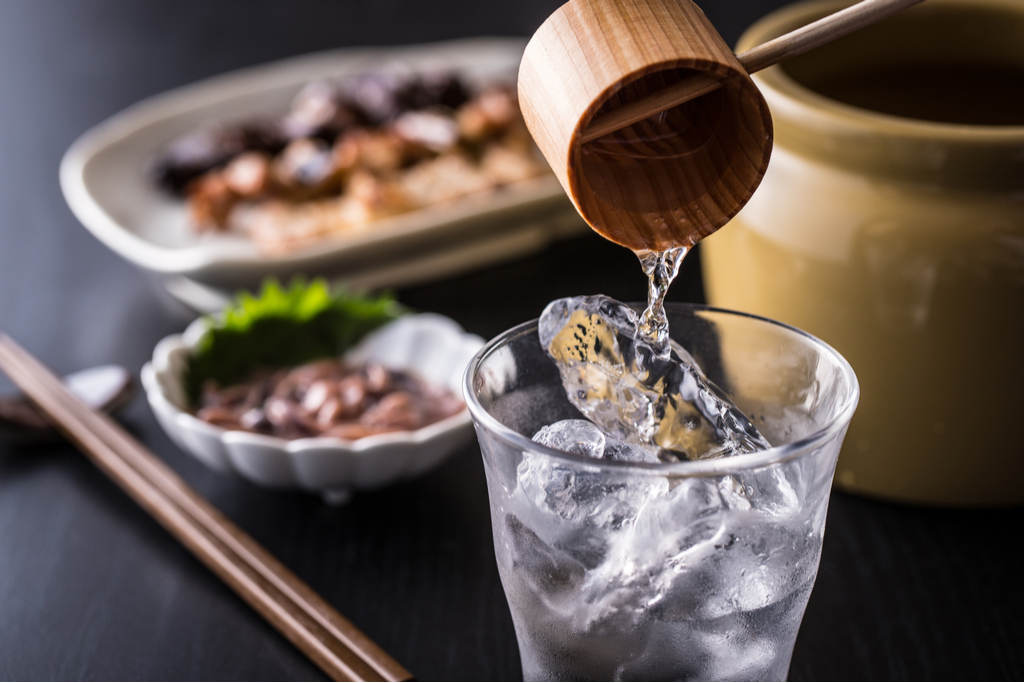
Sake
Depending on the quality of the rice and the brewing method, the taste and flavor can differ. Ideally, you can find the specific taste notes on the label, but in general, sake is savory. Brewers also have experimented with added flavors like pineapple, melon, grapes, and even lemon.
Sake can be served chilled, at room temperature, or even warm, though only cheaper quality sake is served in the latter format. Sake is also used in cocktails like tamagozake and saketini.
Soju
Although traditions ask you to drink soju straight, like other grain alcohols, soju is used as a base in many cocktails. A very popular form is soju yogurt, which is made with soju, yogurt and lemon-flavored soda.
If you’re looking for the traditional way to consume this drink, it is usually served chilled in a shot glass and is meant to be sipped. Soju has a neutral taste, if not lightly sweet, so you can also add some ice if you’re not a fan of the burning sensation.
Shochu
Sochu is said to have a nutty taste and can be more neutral than fruity. Though it resonates with wine, the distilled beverage provides an earthy texture and feel. Sochu can be consumed in various ways though most prefer to drink this in the form of chūhai. This is sochu with soda, ice, and lemon. You can also drink this neat or on the rocks. If you prefer cocktails, then The Japanese Gimlet, Shochu and Tonic, and Hana Hana Highball are some of the popular options.
Also Read: 5 Cocktail Recipes By Hiro Sake
Brands To Try
Sake
- Auspicious Blue Ocean – INR 7900
- Gekkeikan Namazake Sake – INR 2600
- Gekkeikan Daiginjo Sake – INR 7100
Soju
- Chum Churum Soju – INR 825
- Good Day Blueberry – INR 875
- Jinro Grapefruit Soju – INR 825
Shochu
Though Shochu is available in various parts of India, the following are available in Coimbatore.
- Tan Taka Tan – INR 3280
- Den-En Gold – INR 3960
- Grand Bleu – INR 2900
Summing Up
Sake, Soju, and Shochu, the three ‘S’ in Asian liquors, have a lot to offer and are filled with Asian culture to the brim. But, just reading about it will not help you dive into it. Enjoy these drinks neat to really imbibe the tingly sensation. And if you somehow manage to get the stiffer version of these, call yourself lucky because they are not readily available in the market. Now that the cloudy doubts have been addressed, which one do you plan to try first?
FAQs
What Is The Difference Between Sake Shochu And Soju?
Sake is a Japanese rice wine with 15-20% ABV. Soju originates in Korea and is made by distillation. It contains about 25-30% ABV alcohol content. Shochu is a Japan-originated alcoholic beverage that contains 25-35% ABV.
Is Soju Stronger Than Vodka?
Vodka is stronger than soju. Though Soju can reach as high as 95% ABV, it is commercially available at 20-30% ABV. Commercially available vodka contains 40-50% ABV alcohol content.
What Is The Strongest Alcohol In Japan?
The strongest alcohol that is made in Japan is considered to be Shochu which has an alcohol content of 25-35% ABV. Some brands also offer 38% ABV.
Why Is Soju So Cheap?
Soju originally contained a 95% alcohol-to-volume ratio due to its multiple distillation process. This was then lowered to 15-30% for commercial use. This drastically reduced the price range as well.
How Do Koreans Drink Soju?
Soju is a Korean-originating drink and is traditionally enjoyed in chilled shot glasses. Koreans usually pair this drink with meat, fried foods, and seafood.
How Much Does Soju Cost In India?
Here are some brands that are available in India – Chum Churum Soju costs INR 825 per pint, Good Day Blueberry costs INR 875 per pint, and Jinro Grapefruit Soju costs INR 825 per pint.
